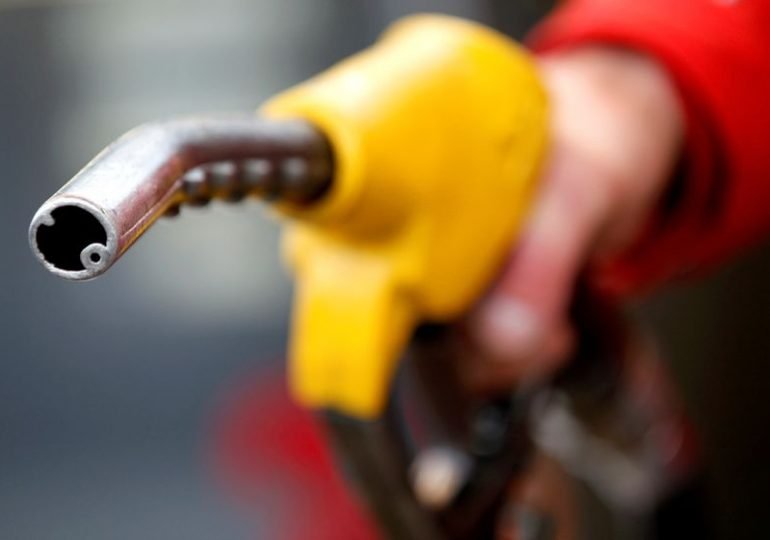NEW YORK (Reuters) -Oil prices rallied on Wednesday after U.S. crude inventories at the nation’s largest storage site hit their lowest level in three years and nationwide fuel stocks fell sharply, a signal of rising demand.
Brent crude futures settled at $85.82 a barrel, a gain of 0.9% or 74 cents and the highest since October 2018.
November U.S. West Texas Intermediate (WTI) crude, which expires on Wednesday, settled at $83.87, up 91 cents, or 1.1%. The more active WTI contract for December settled up 98 cents to $83.42 a barrel.
Crude prices have risen as supply has tightened, with the Organization of the Petroleum Exporting Countries maintaining a slow increase in supply rather than intervening to add more barrels to the market, and as U.S. demand has ramped up.
Globally, refiners have been boosting output thanks to high margins, one that can only be restrained by maintenance. U.S. refining capacity use dropped in the most recent week, but analysts noted that supply may continue to tighten if U.S. refiners also pick up processing again.
“Stronger demand and concerns about a drop in inventories when refiners were already running a low rate during maintenance season is making people concerned about what will happen when refiners have to ramp up production to meet what is very strong demand for gasoline and distillate,” said Phil Flynn, senior energy analyst at Price Futures Group in Chicago.
U.S. crude stocks fell by 431,000 barrels in the most recent week, the U.S. Energy Information Administration said, against expectations for an increase, and gasoline stocks plunged by more than 5 million barrels as refiners cut processing due to maintenance. [EIA/S]
U.S. stocks at the Cushing, Oklahoma delivery hub hit their lowest level since October 2018. Gasoline stocks are now at their lowest since November 2019, the EIA said, while distillate stocks fell to levels not seen since early 2020.
Oil prices have also been swept up in surging natural gas and coal prices worldwide in anticipation that power generators may switch to oil to provide electricity.
Saudi Arabia’s minister of energy said users switching from gas to oil could account for demand of 500,000-600,000 barrels per day, depending on winter weather and prices of other sources of energy.
Leave a comment

